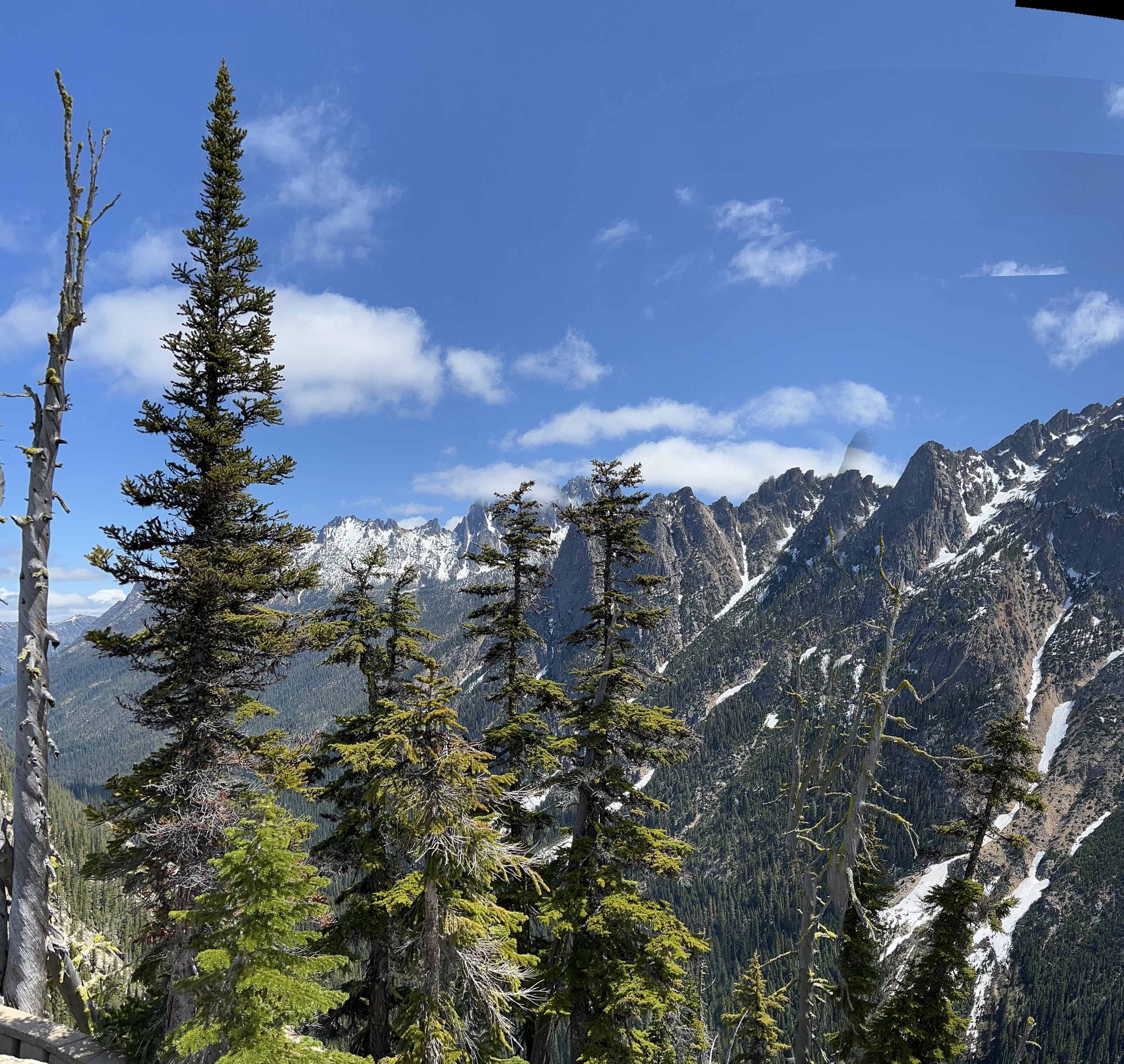
The Ecological Impact of Grizzly Bear Reintroduction
The reintroduction of grizzly bears to regions from which they have been long absent marks a significant moment for wildlife conservation, particularly in the United States. The U.S. Fish & Wildlife Service alongside the National Park Service is currently evaluating options for the restoration and management of grizzly bears within the North Cascades Ecosystem of Washington state, signifying a pivotal step toward re-establishing these apex predators in their natural habitat. Furthermore, a concerted effort is underway with a federal planning process aimed at reintroducing grizzlies into the Bitterroot ecosystem of Idaho and Montana, demonstrating a nationwide endeavor to revive the grizzly bear population.
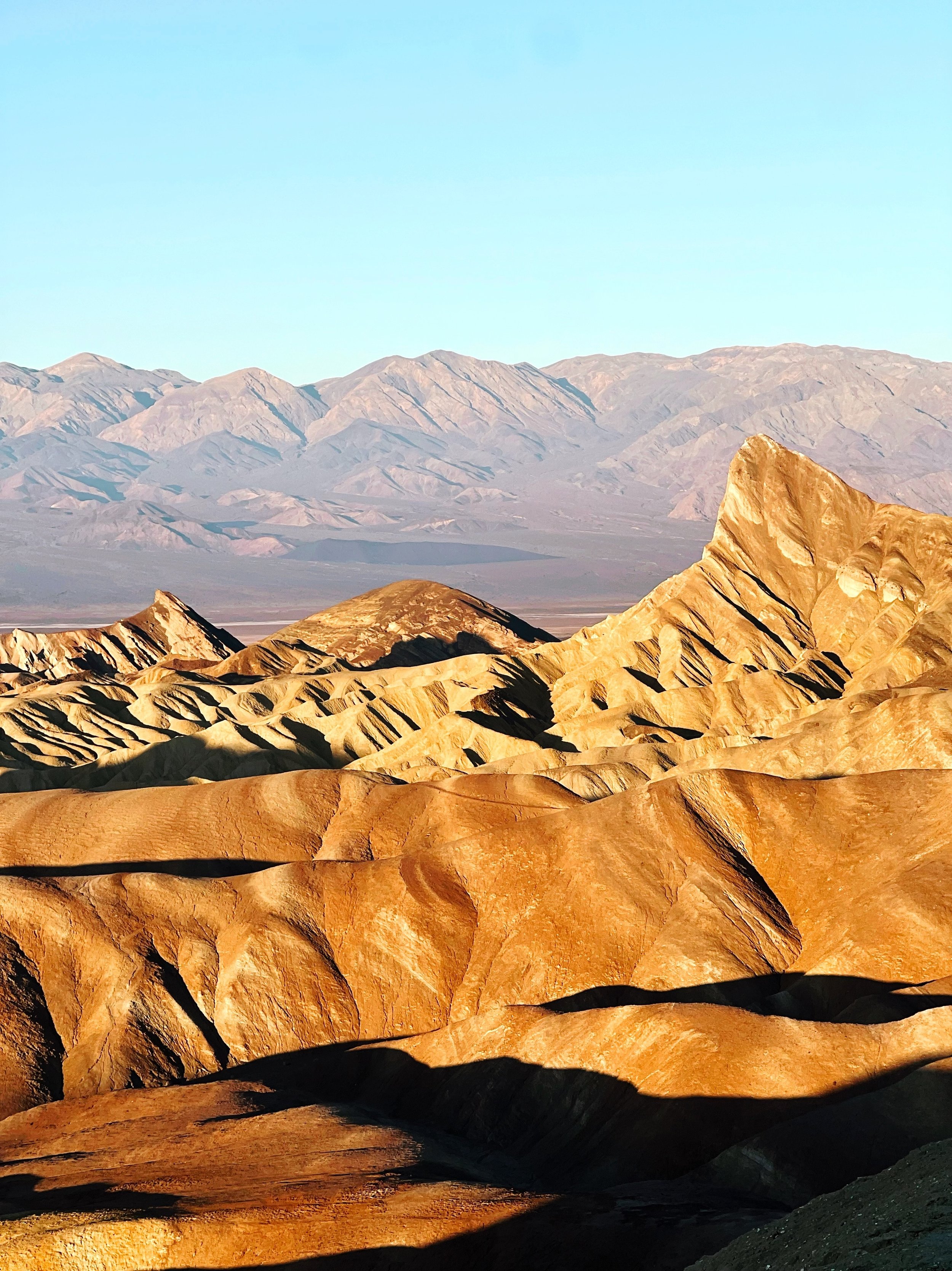
Link to Petition to “Make the Department of the Interior accountable for persons missing in our National Parks & Forests”
Link to Petition to “Make the Department of the Interior accountable for persons missing in our National Parks & Forests”

Yosemite Missing Persons: The (Un)Known Numbers of Lost Children and Adults
Yosemite National Park, spanning 748,542 acres with 360 miles of paved roads and 800 miles of developed trails, is a renowned destination for countless visitors each year. Along with its beauty, the park is also known for a more troubling aspect: missing persons. The park's large area, combined with the complexity of its terrain, contributes to the challenge of locating missing individuals promptly.
The Yosemite National Park missing persons phenomenon is one of the largest clusters in the world, drawing attention not only for the number of instances but also for the varied and sometimes unexplainable circumstances surrounding those disappearances. Reasons range from accidents and criminal activity to more speculative causes, with no shortage of theories attempting to explain the unsettling trend. This article aims to explore some data on missing persons in Yosemite, search and rescue operations, and discuss the challenges in preventing and managing these cases, offering readers a look into this perplexing issue.
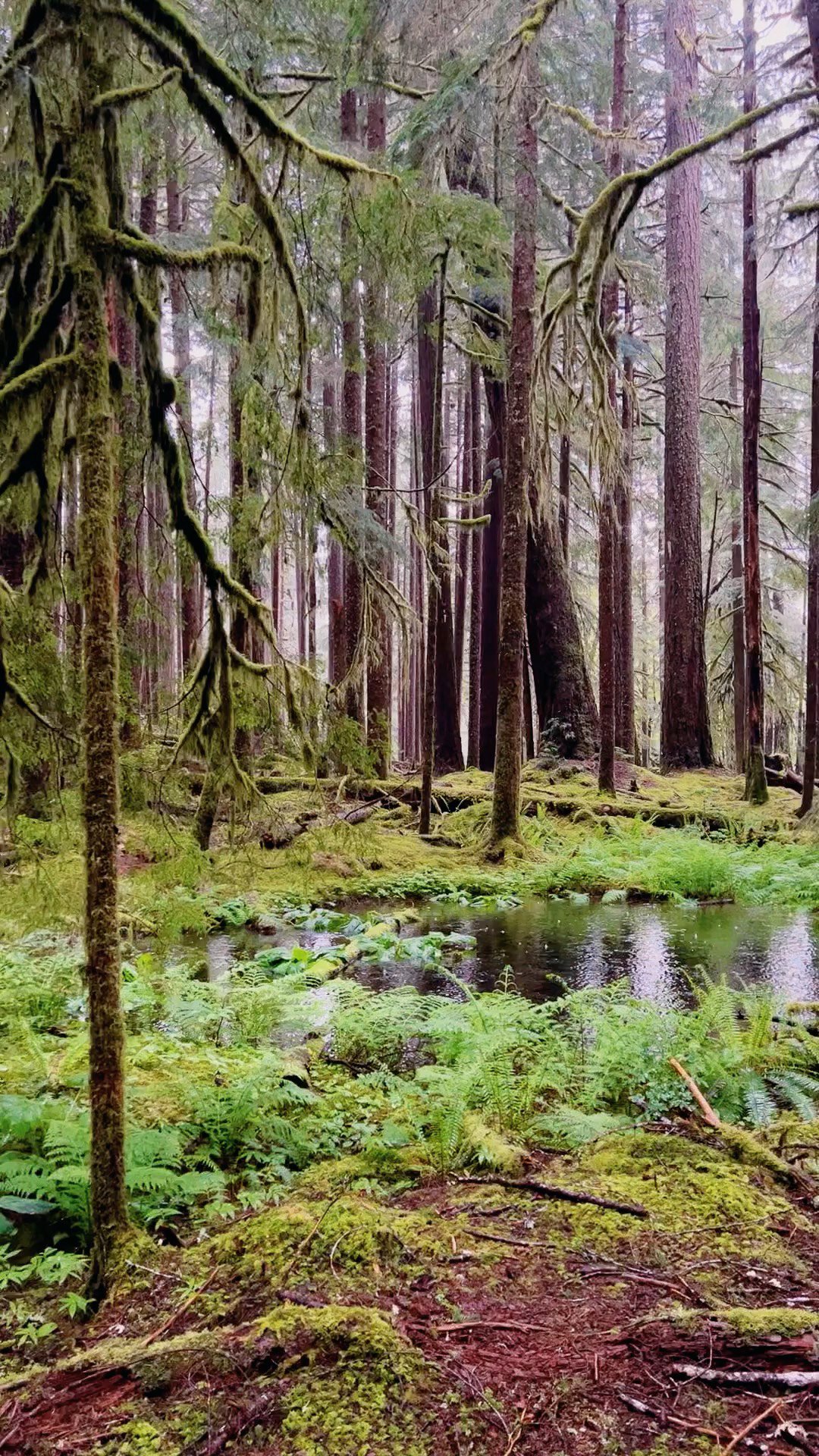
The Ecosystems of Olympic National Park
Olympic National Park, in the Pacific Northwest corner of Washington State, spans nearly one million acres and is a treasure trove of natural beauty. This park is unique for its diversity in ecosystems ranging from glaciated mountains and rugged Pacific coastline, to lush temperate rainforests. These are unique habitats for endemic species like the Olympic marmot and the Olympic torrent salamander. The park's rich biodiversity and unique abundance of plant and animal species make it a haven for wildlife enthusiasts, offering sightings of sea otters, whales, beavers, bears, and more.
This article explores the distinct ecological regions of Olympic National Park including its coastal ecosystems, temperate rainforests, lowland forests, alpine areas, and the intriguing life within its rivers and lakes. Through these sections, readers will gain insights into the park's fascinating history, the crucial role it plays in wilderness conservation, and why it's a must-visit for anyone interested in backpacking, exploring glaciers, or soaking in natural hot springs.
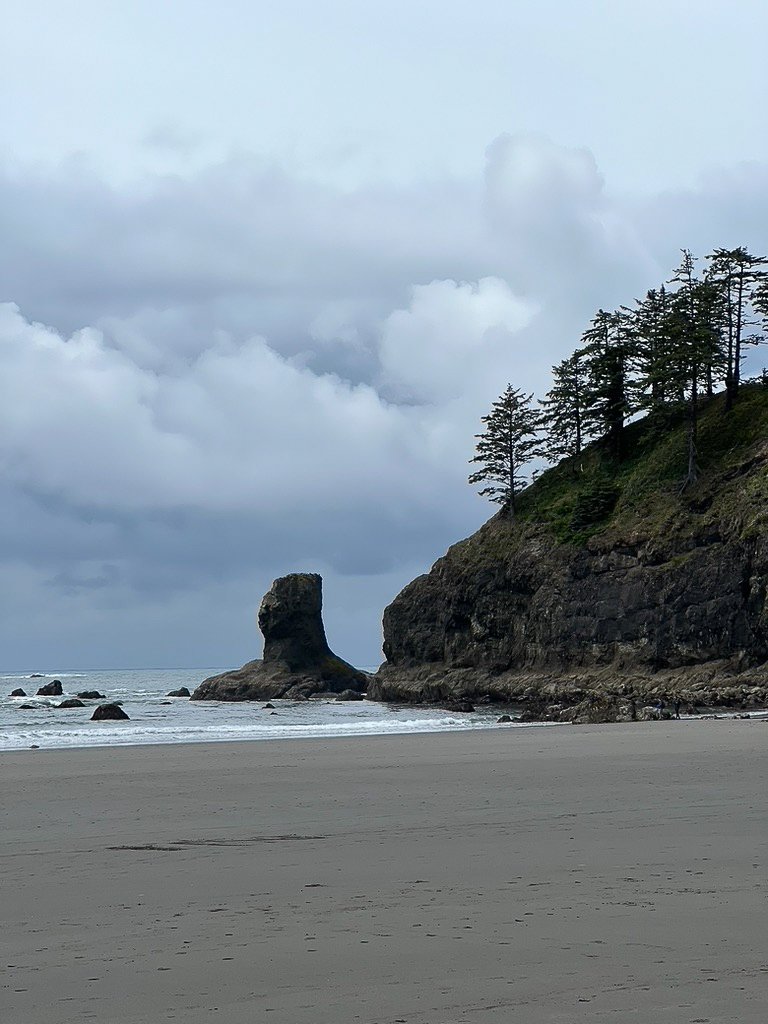
Discover UNESCO World Heritage Sites in the Western U.S.
The United States ratified the World Heritage Convention on December 7, 1973, demonstrating a commitment to identify, preserve, and celebrate the world's most significant natural and cultural landmarks. The Western U.S. is home to several breathtaking UNESCO listings, including renowned parks like Yosemite and Olympic National Park.
This article explores a couple iconic UNESCO World Heritage Sites in the Western U.S., including the majestic landscapes of Yosemite, the ancient Redwoods, and the unparalleled beauty of Olympic National Park. The journey doesn't stop at these well-known landmarks; it also touches on the importance of these sites to cultural heritage and conservation efforts, as well as the critical role visitors play in their preservation. Discovering these treasures not only enriches our understanding of natural and cultural significance but also emphasizes the responsibility shared by all to protect these wonders for future generations.
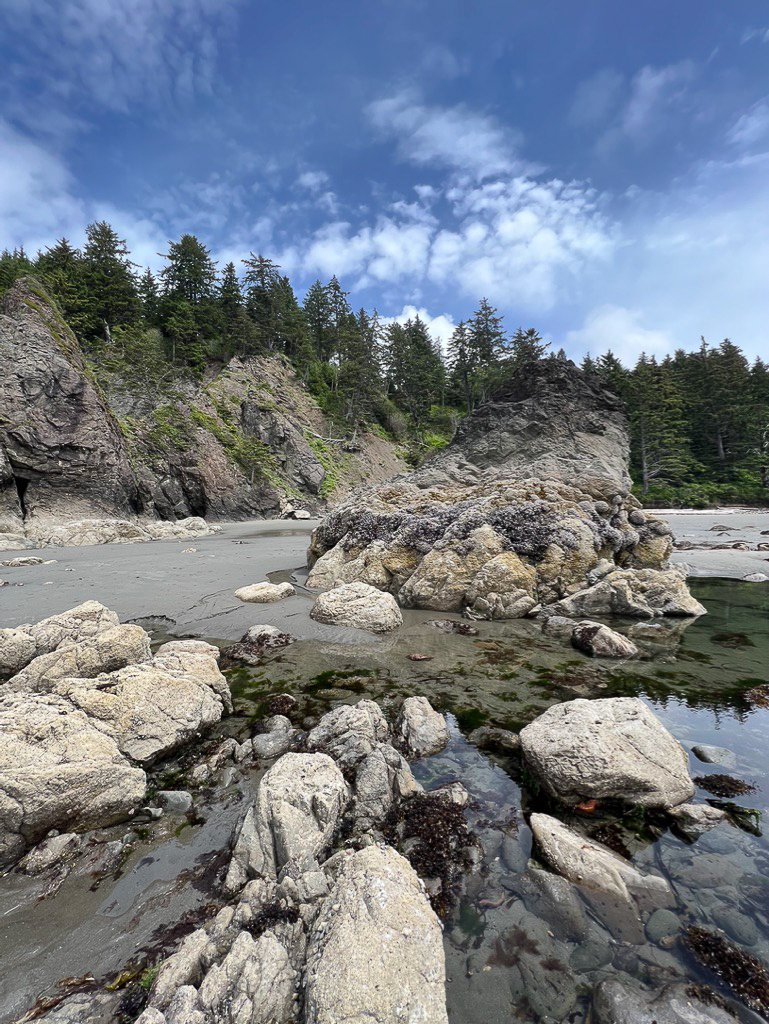
The UNESCO World Heritage Site: An Informational Guide
The UNESCO World Heritage Site status is celebrated as a mark of 'outstanding universal value to humanity', emphasizing the importance of preservation for future generations. This prestigious designation, managed by UNESCO's World Heritage Centre, encompasses an array of unique and diverse locations worldwide, such as the Serengeti in East Africa, the Pyramids of Egypt, and Yosemite National Park in the United States.
Selected based on their exceptional universal value, UNESCO World Heritage Sites must meet at least one of the ten selection criteria to ensure their significance in cultural, historical, scientific, or other domains is recognized globally. These sites, forming an integral part of the world's heritage, belong to all peoples regardless of their geographical location.
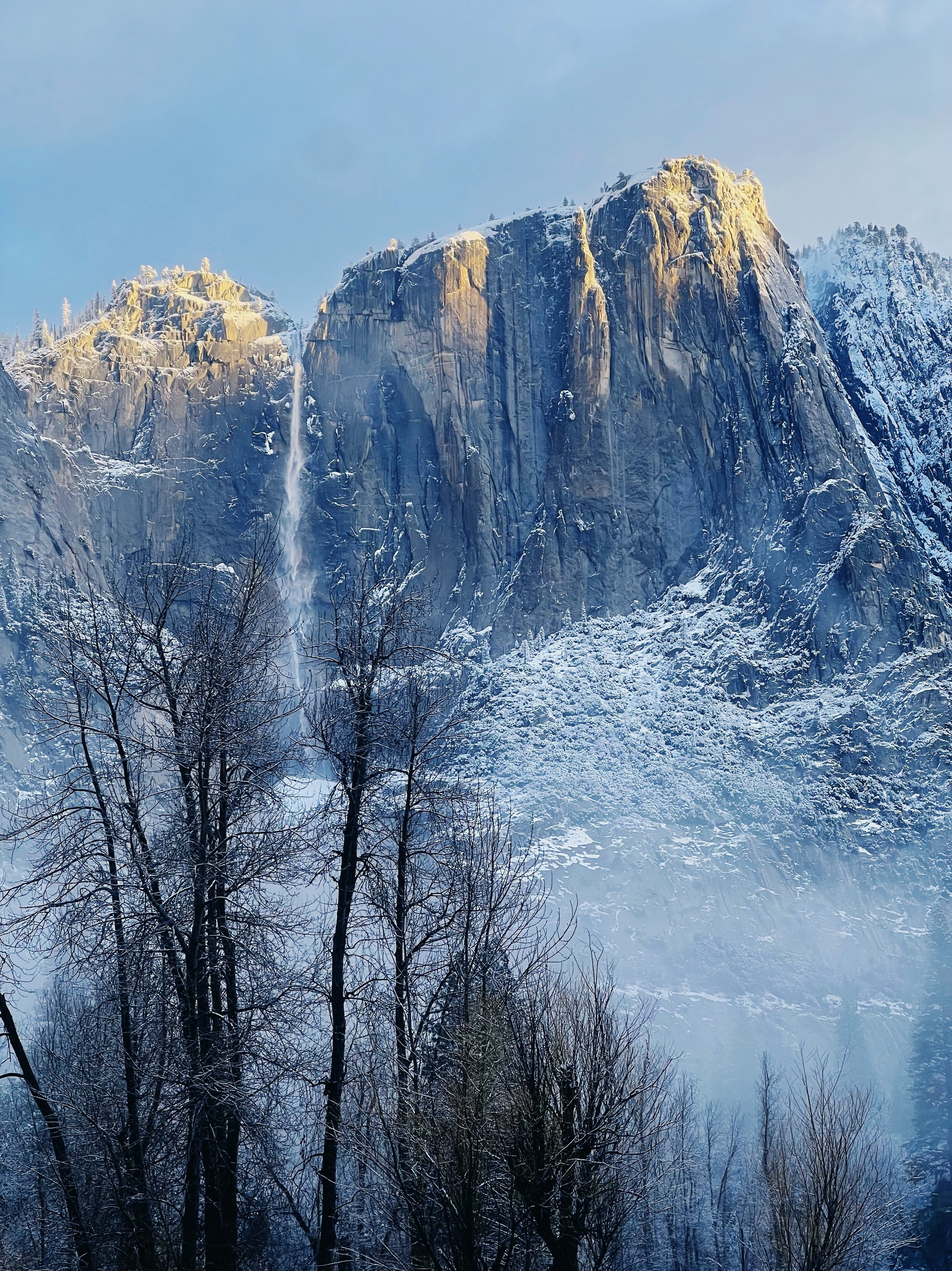
Discovering Yosemite Falls
Yosemite Falls, a remarkable spectacle in the Yosemite National Park, is one of the tallest cascades in North America. This awe-inspiring waterfall, towering at 2,425 feet, boasts a three-tiered structure, comprising the Upper Yosemite Fall, the middle cascades, and Lower Yosemite Fall.

Bigfoot in Yosemite National Park
Bigfoot, the legendary giant that has intrigued millions, finds a notable presence within the verdant expanses of Yosemite National Park. Described as a creature standing between 6ft and 9ft tall, cloaked in dense brown and black fur, and bearing an uncanny resemblance to an ape-like human, Bigfoot garners attention for its elusive nature, seldom making contact with humans but known to emit a bloodcurdling roar when confronted. This enigmatic being is not just a feature of local lore but has been woven into the fabric of global folklore for centuries, securing its place in the mysteries that shroud America's National Parks, particularly Yosemite.
The legend of Bigfoot in Yosemite, catalyzed by a flurry of eyewitness accounts detailed in thousands of instances, propels this article to explore some of the historical sightings of tales surrounding sasquatch in Yosemite National Park. From its roots traced back to a 1958 report in the Humboldt Times to its evolution as a cultural phenomenon, Bigfoot's journey is one of intrigue and mystery in the heart of Yosemite National Park.
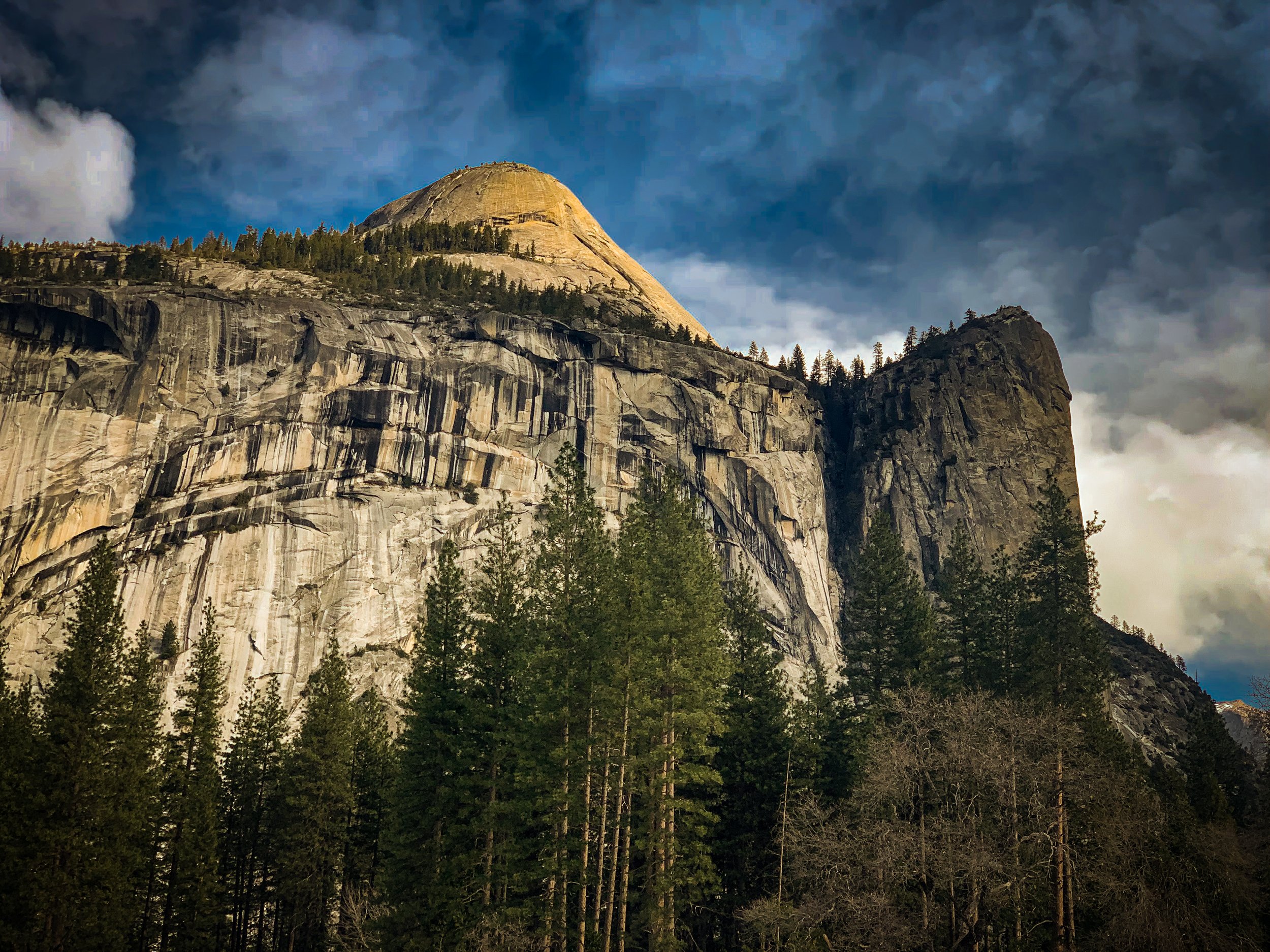
The Forgotten Children of Yosemite National Park
Yosemite National Park holds a disturbing record - it's the site where hundreds of children have mysteriously vanished. These baffling disappearances are shrouded in a cloak of supernatural circumstances, adding a chilling facet to the park's otherwise enchanting allure.
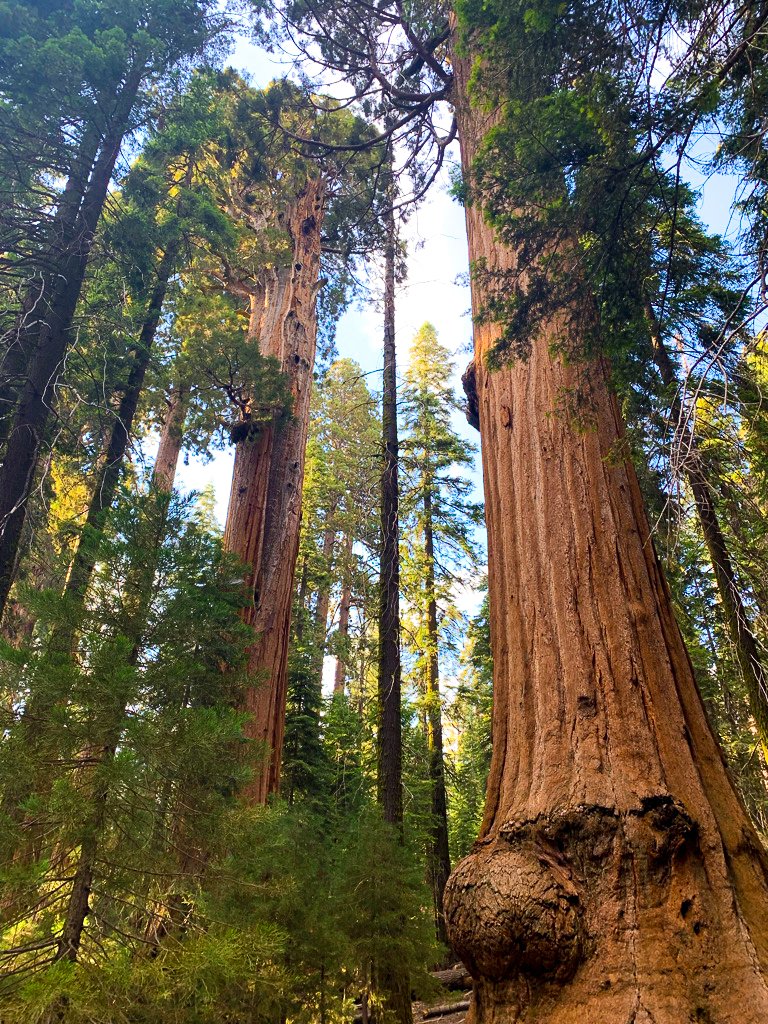
Discover the High Sierra: Hiking Trails in Kings Canyon National Park You Can't Miss
Sequoia-Kings Canyon National Park, nestled in the rugged landscape of California, is renowned for its diverse array of hiking trails suitable for adventurers of every level. The park is treasured for its natural wonders, including the General Grant Tree— the second largest tree in the world—and the formidable Kings Canyon, one of the deepest canyons in North America. For those seeking outdoor pursuits, Kings Canyon serves as an ideal backdrop, offering routes such as the Mist Trail and John Muir Trail, each weaving through the park's pristine wilderness.

The Science Behind Increased Urination at High Elevation
Venturing to high elevations subjects the body to lower oxygen levels, approximately 60% of what is available at sea level. This diminished oxygen supply, or hypoxia, triggers a myriad of physiological alterations, including an uptick in respiration and heart rates, fluid release by the blood, visual impairments, and a notable increase in the blood's pH levels to become more alkaline. These effects are in response to the body's response to high altitude environments.
This article explores the science related to the body's adaptation to high elevation, with particular focus on the increased urination phenomenon known as altitude diuresis. Additionally, it will touch upon the implications of dehydration and fluid balance and offer prevention and management strategies for individuals exposed to high elevations. It is imperative to have an understanding of the science behind our body’s physiological responses at high elevation.

Exploring the Best Hikes in North Cascades National Park
Hiking in North Cascades National Park offers an immersive experience into the heart of Washington State's wilderness, presenting an enviable array of trails that span over 500,000 acres of rugged mountain terrain, lush forests, and more than 300 glaciers. Renowned for its scenic beauty and the diversity of its paths, the park caters to a broad range of enthusiasts, from the leisurely day-tripper to the seasoned explorer. With the absence of entrance fees, these hikes in North Cascades National Park allow adventurers to embark on outdoor journeys, providing both a physical workout and mental solace, all while fostering a deep connection with the natural world.

Three Hair-Raising Chronicles from Yosemite Park Rangers
As a formidable testament to nature's grandeur, Yosemite National Park presents a blend of awe-inspiring vistas and perilous challenges. The park's vast expanse houses a plethora of adventures and, occasionally, harrowing tales of survival and loss. This article explores three accounts from the brave park rangers of Yosemite, the unsung heroes who navigate this treacherous terrain to ensure the safety of visitors.

Death Valley’s Mysteries and Ghost Stories
Death Valley, a land of striking contrasts and eerie solitude, has been a source of countless mysteries and ghost stories. The arid, desolate landscape, coupled with its rich history and lore, has given rise to tales of hauntings, lost civilizations, and strange occurrences. Let's journey into the heart of Death Valley to uncover its most intriguing tales.
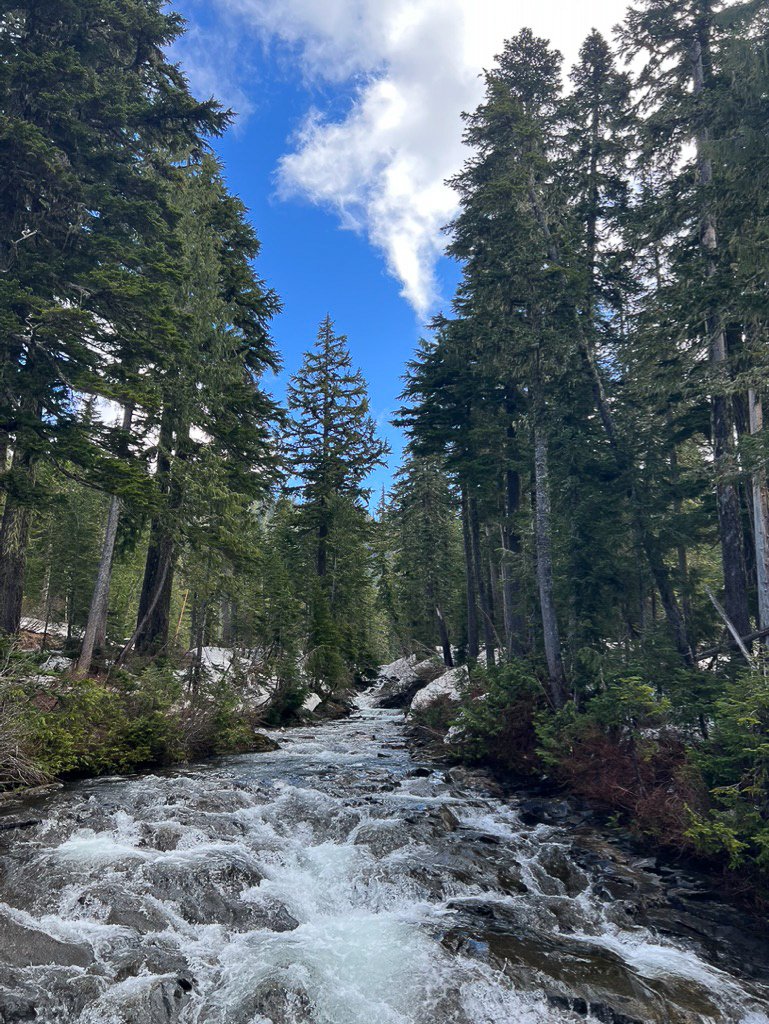
Mysterious Disappearances at Mount Rainier National Park
Mount Rainier National Park, located in Washington State, is known for its majestic beauty and awe-inspiring landscapes. It is a popular destination for tourists and locals alike, who flock to the park to hike, camp, and enjoy the breathtaking views. However, the park also holds a dark secret – a series of mysterious disappearances that have occurred over the years. In this article, we will explore some of these puzzling cases and delve into the possible explanations for these strange occurrences.
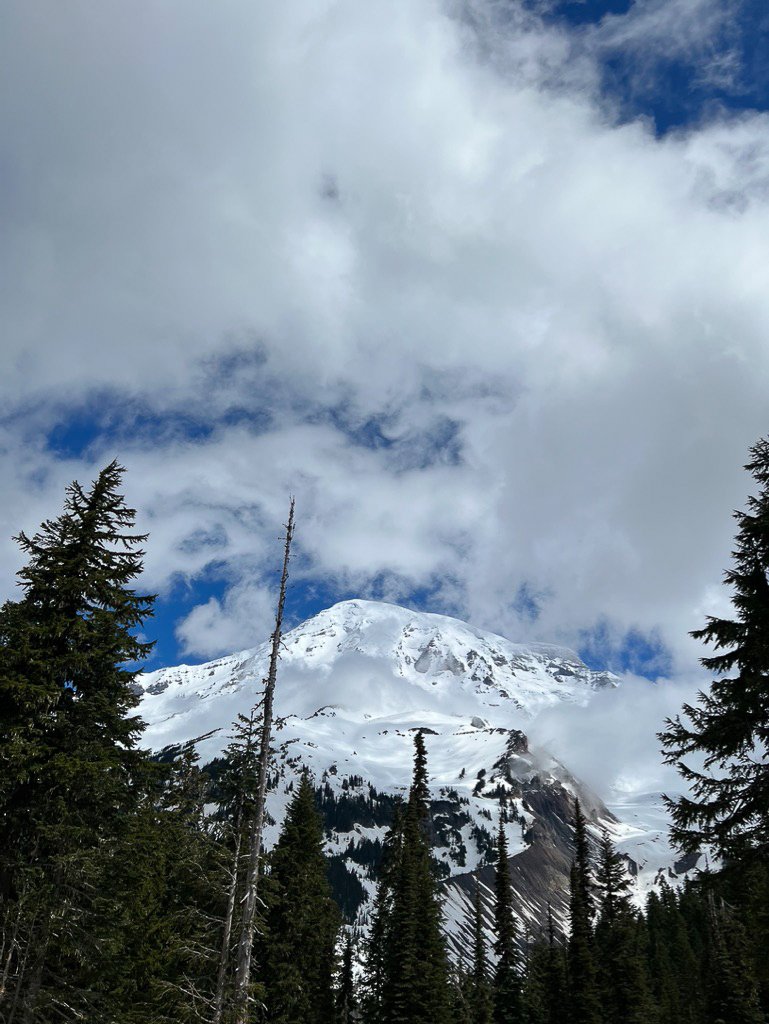
10(ish) Interesting Facts About Mount Rainier National Park
Mount Rainier National Park, located in Washington State, is home to the iconic Mount Rainier, an active stratovolcano that stands 14,411 feet tall. The park covers an area of 235,625 acres and attracts millions of visitors every year. From its rich history to breathtaking vistas and diverse flora and fauna, Mount Rainier National Park is a treasure trove of fascinating facts. In this article, we will explore some interesting facts about this incredible national park.

Unveiling Some Eerie Tales from Yosemite National Park
Yosemite National Park, renowned for its breathtaking landscapes, is also home to a myriad of chilling urban legends. From unsettling hauntings to cryptic creatures, these tales have been whispered around campfires and passed down through generations. While they're shrouded in layers of mystery and folklore, they continue to captivate the imagination of those who hear them.

The Legend of Tis-sa-ack
The Half Dome, a granite dome located in Yosemite Valley, California, is the heart of the national park and a symbol of natural wonder that captures the imagination. But behind its striking visage lies a legend, a tale passed down from generations of Yosemite Indians.

The Mystique of the Wawona Hotel: A Historical Journey
In the heart of Yosemite National Park, nestled amidst the majestic Sierra Nevada mountains, is the historic and charming Wawona Hotel. Legend whispers of a spectral airman who met a premature end here in the 1920s. Anecdotes of his presence add a dash of the supernatural to the hotel's captivating history, reinforcing its allure.

All You Need to Know About the Badger Pass Ski Area
The Badger Pass Ski Area is an unparalleled winter sports destination nestled in the heart of Yosemite National Park. This captivating haven offers a range of winter activities from downhill skiing and snowboarding to backcountry ski tours and snowshoeing, making it the perfect getaway for winter sports enthusiasts of all skill levels.